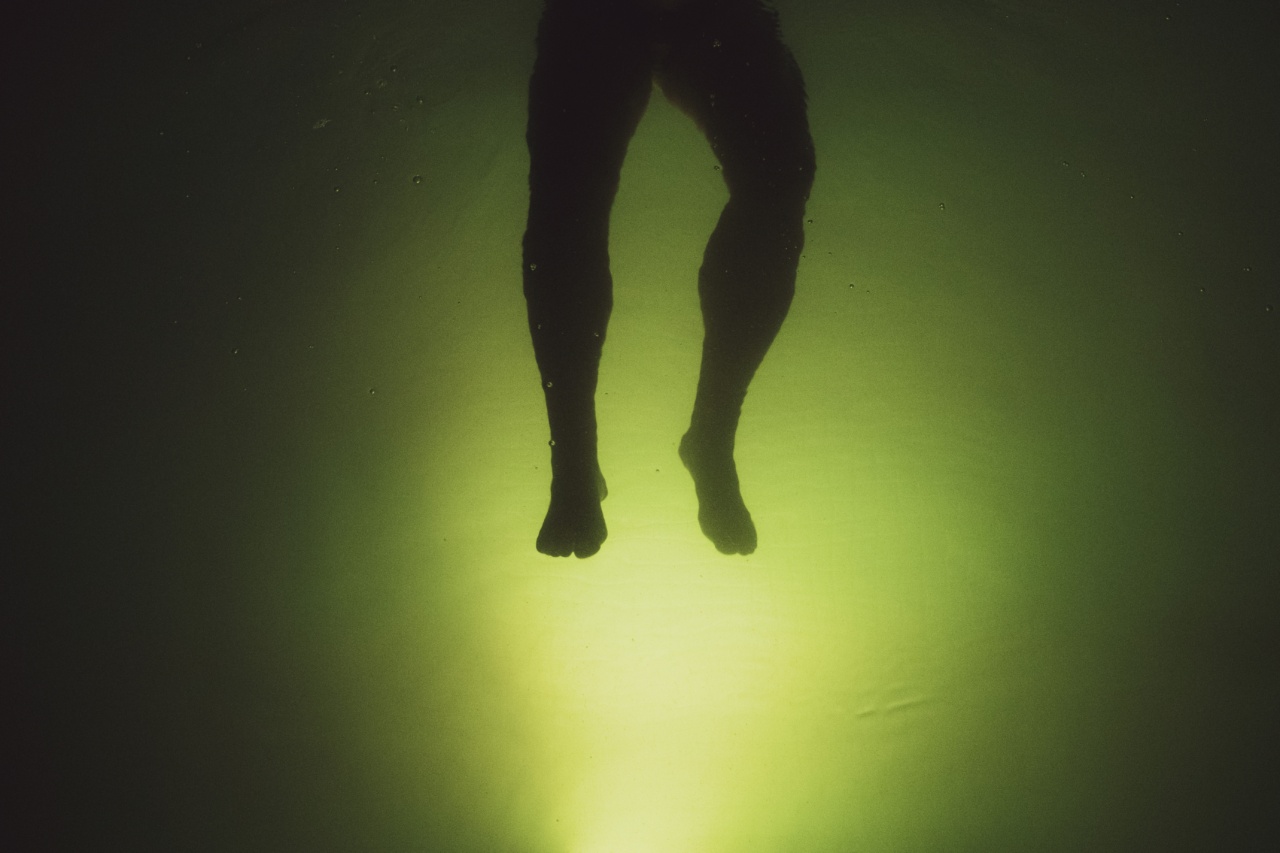Varicose veins are enlarged veins that can appear on various parts of the body, including the feet. They occur when the valves in the veins weaken or become damaged, causing blood to pool in the veins and leading to their enlargement.
While varicose veins are commonly seen in the legs, foot varicose veins are also a prevalent condition that many people experience. These veins may cause discomfort, pain, and cosmetic concerns for individuals.
Causes of Foot Varicose Veins
Several factors contribute to the development of foot varicose veins. Some of the common causes include:.
1. Age
As people age, their veins naturally lose elasticity, making them more prone to varicose vein formation.
2. Genetics
There is a genetic component to the development of varicose veins. If you have family members with the condition, you are more likely to experience it as well.
3. Prolonged Standing or Sitting
Occupations or lifestyle habits that involve long periods of standing or sitting can increase the risk of developing foot varicose veins as they put additional pressure on the veins in the lower extremities.
4. Hormonal Changes
Hormonal fluctuations, such as those occurring during pregnancy or menopause, can contribute to the development of varicose veins. Increased levels of certain hormones can weaken vein walls, leading to their enlargement.
5. Obesity
Being overweight or obese puts extra pressure on the veins, making them more susceptible to becoming varicose.
6. Inactivity
Lack of physical activity can hinder proper blood circulation, leading to varicose veins.
7. Injury
Prior injuries to the feet or ankles can damage the veins and increase the likelihood of developing varicose veins.
Effective Solutions for Foot Varicose Veins
1. Regular Exercise
Engaging in regular exercise is crucial for promoting blood circulation and strengthening the muscles that support healthy veins.
Activities such as walking, swimming, cycling, and yoga can all help improve blood flow and reduce the appearance of varicose veins.
2. Compression Therapy
Using compression stockings or socks can help improve blood flow by exerting pressure on the veins and preventing blood from pooling.
These garments work by compressing the legs and feet, thereby reducing the diameter of the veins and promoting more efficient blood flow back to the heart.
3. Elevation
Whenever possible, elevate your legs and feet above heart level to reduce the pressure on the veins and encourage blood flow back to the heart. This simple practice can alleviate swelling and discomfort associated with foot varicose veins.
4. Maintain a Healthy Weight
Managing a healthy weight not only reduces the strain on your veins but also improves overall circulation. Incorporate a balanced diet and regular exercise into your routine to maintain a healthy weight.
5. Avoid Prolonged Standing or Sitting
If your occupation requires prolonged periods of standing or sitting, make an effort to take breaks and move around. This prevents blood from pooling in your lower extremities and puts less stress on your veins.
6. Dietary Changes
Include foods rich in antioxidants and anti-inflammatory properties in your diet. Berries, leafy greens, fatty fish, and nuts are examples of foods that support healthy veins and circulatory system.
7. Stay Hydrated
Drinking an adequate amount of water throughout the day helps maintain healthy blood viscosity, preventing blood from thickening and putting additional strain on the veins.
8. Avoid High Heels
Wearing high heels for extended periods can hinder proper blood circulation in the feet and calves. Opt for comfortable shoes with low or no heels to promote better blood flow.
9. Massage Therapy
Regular foot and leg massages can help improve circulation and alleviate discomfort associated with foot varicose veins. Gentle massaging motions towards the heart can encourage blood flow and reduce swelling.
10. Medical Interventions
In severe cases or when conservative measures fail to provide relief, medical interventions may be necessary. These can include procedures like sclerotherapy, laser therapy, or endovenous ablation to treat varicose veins.































